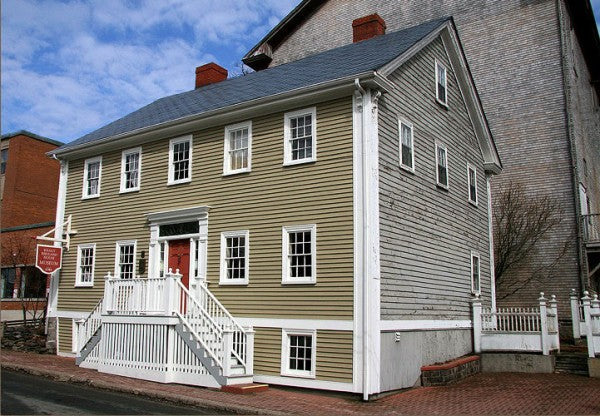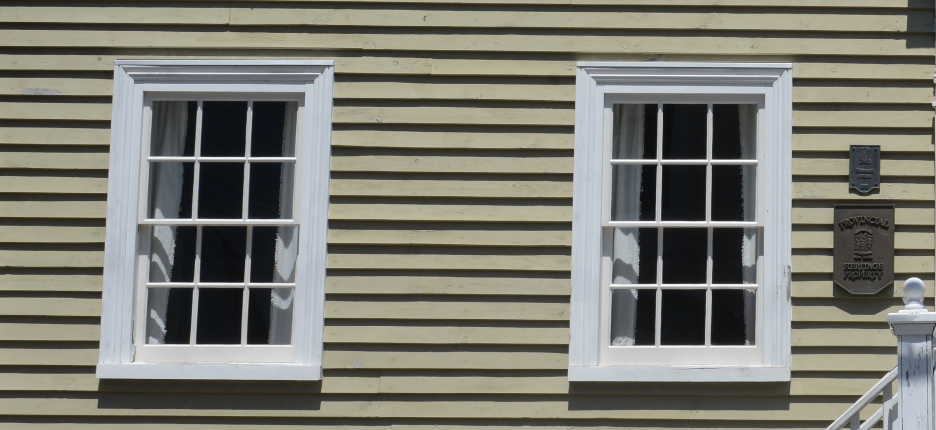
Knaut-Rhuland House Museum
The Knaut-Rhuland House is a late eighteenth century two and-a-half storey wooden structure and recognized as a Municipal, Provincial and National Historic Site. Located on Pelham Street, in the heart of Lunenburg, Nova Scotia, the house is set immediately on the sidewalk, and is situated close to its neighbours. The building is currently a museum. The Knaut-Rhuland House was designated as a National Historic Site of Canada in 2002.
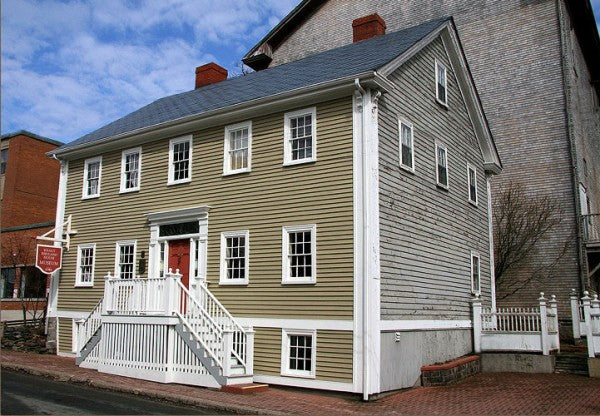
Visiting the museum
-
The Knaut-Rhuland House Museum is located at 125 Pelham Street in the heart of Lunenburg.
The Knaut-Rhuland House Museum provides visitors with an insight of early residential life in Lunenburg from 1753 to 1910. Interpretation is provided on the settlement of Foreign Protestants, Lunenburg as a UNESCO World Heritage Site and Lunenburg Architecture. Traditional crafts were also an important component of residential life in Lunenburg and museum interpreters and volunteers demonstrate these crafts as well as host free beginner workshops through the summer.
-
Hours of operation
June 7 – Sept 4
Mondays through Saturdays
11 am – 5 pm
Sundays
Noon to 4 pm
September
Daily: Noon to 4 pmFree admission, however donations are gratefully accepted.
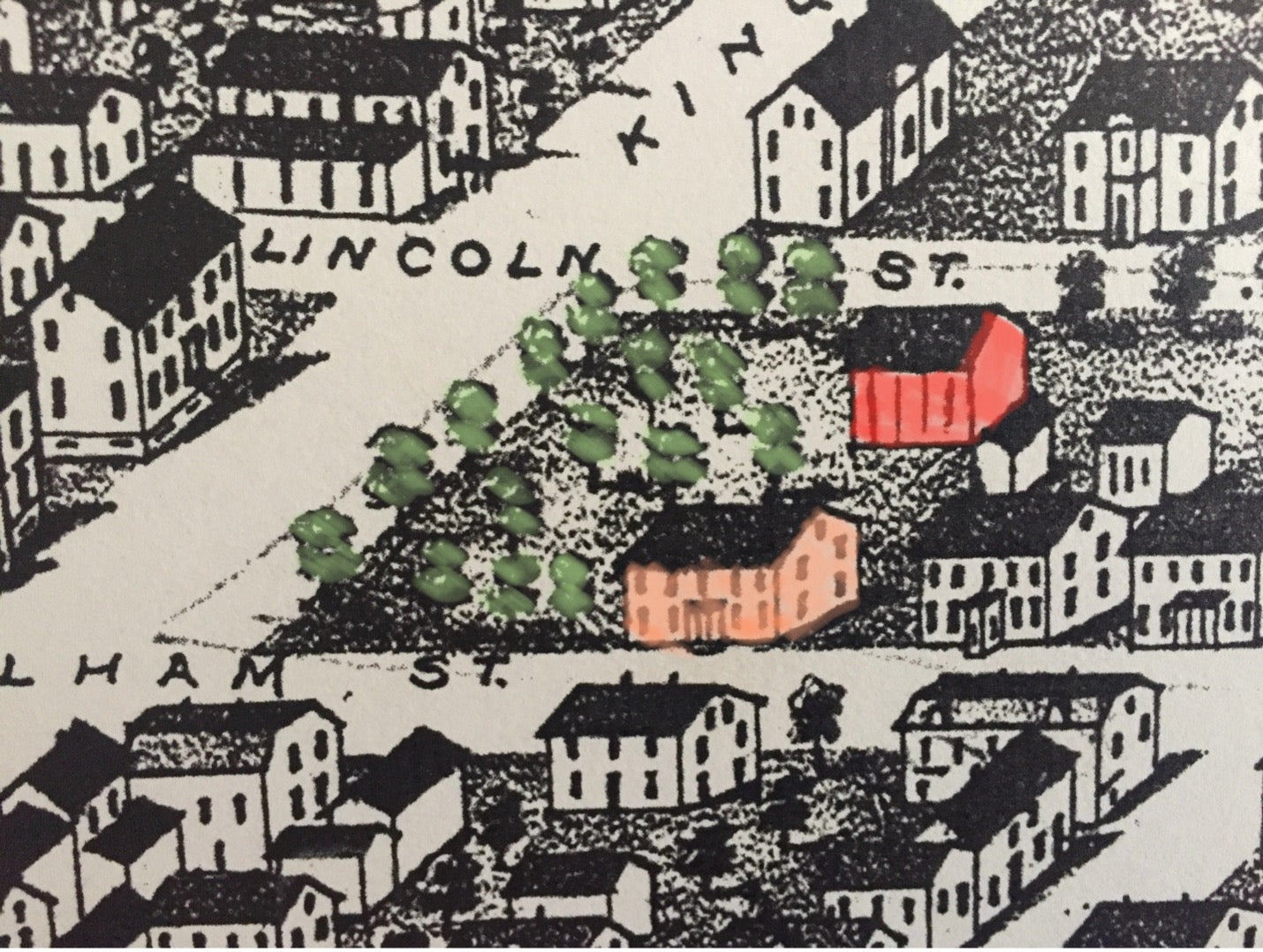
Knaut-Rhuland House circa 1793
For more than a century, the Knaut-Rhuland House was part of a town estate, with a large barn or stable, gardens and orchard, and perhaps other features such as chicken coop, smoke house, outhouse, root cellar, well and fences. A 1762 town plan shows that Phillip Knaut owned half the block bounded by Lincoln, King and Pelham Streets. This was a large lot in a prestigious location, indicating Knaut’s local prominence. Later, the Rhuland and Creighton families made changes to both the house and the land. Parts of the estate were sold for the Post Office and Customs House built in 1893 and the Odd Fellows Opera House built in 1907. Today the Knaut-Rhuland House occupies less than 20% of its original site, and the house now looks onto Pelham Street rather than onto the original estate.
The House's Heritage Value
The Knaut-Rhuland House is valued for its age, architectural style and previous ownership by well-known residents of Lunenburg. On the exterior it has many of the features of the New England Colonial style, yet it is unmistakably Georgian in its interior layout and floor plan. Knaut-Rhuland House was built in 1793-1794 by Benjamin Knaut, a merchant and sheriff of Lunenburg. He was the son of one of the most prominent foreign Protestants to settle Lunenburg in 1753, Philip Augustus Knaut. Philip Knaut was the first elected member from Lunenburg to the Nova Scotia Assembly of Representatives.
Benjamin Knaut sold this house in 1813 to Conrad Rhuland, a mariner and privateer. Rhuland was the grandson of another of Lunenburg's original settlers. Rhuland made significant changes in the downstairs front parlour, reflecting the regional Vernacular German style of the first quarter of the 19th century. In 1823, Rhuland sold the house to John W. Creighton. As a member in the Assembly for Lunenburg County, Judge of Probate, President and Speaker of the Legislative Council, and finally as a Member of the Executive Council (Cabinet), Creighton was an important provincial politician from 1830 until his death in 1867. The house remained in the Creighton family until 1906.
In 1907, the house was sold to the Independent Order of Odd Fellows and then to the Lunenburg Heritage Society in 2000. It is now a museum that serves as an example of early life in Lunenburg
The house was designated a National Historic Site by the Historic Sites and Monuments Board of Canada in 2002 due to its historical importance. It has also been designated a Registered Heritage Property by the province of Nova Scotia and a Municipal Heritage Property by the Town of Lunenburg. It is one of the best-preserved eighteenth-century houses in Canada, built in the Colonial, Palladian style.
In 1907, the house was sold to the Independent Order of Odd Fellows and then to the Lunenburg Heritage Society in 2000. It is now a museum that serves as an example of early life in Lunenburg
The house was designated a National Historic Site by the Historic Sites and Monuments Board of Canada in 2002 due to its historical importance. It has also been designated a Registered Heritage Property by the province of Nova Scotia and a Municipal Heritage Property by the Town of Lunenburg. It is one of the best-preserved eighteenth-century houses in Canada, built in the Colonial, Palladian style.

Character-defining elements of the Knaut-Rhuland House include:
thick stone foundation;
post and beam frame built around two massive central chimneys;
six-over-six windows, in a balanced five-bay façade around a central doorway;
a medium pitched roof and plank wall;
hand-blown cylinder glass in some windows;
wide cornerboards, bracketed under returned eaves;
side and transom windows around the central front door;
simple trim ornamentation;
early nineteenth century latches and hinges, mouldings and ceiling cornices, & fireplace surrounds.
Garden
A lovely, shaded garden can be found on the West and North sides of the house. With the contribution of labour and plant material by numerous Society volunteers in the early 2000s, James Aulenbach, Head Gardener, designed and spent many hours developing a beautiful and very colourful garden in our backyard. James passed away in 2017, but you may enjoy some time in his garden whilst sitting on the bench donated in his memory by Sue Kashanski in 2021.
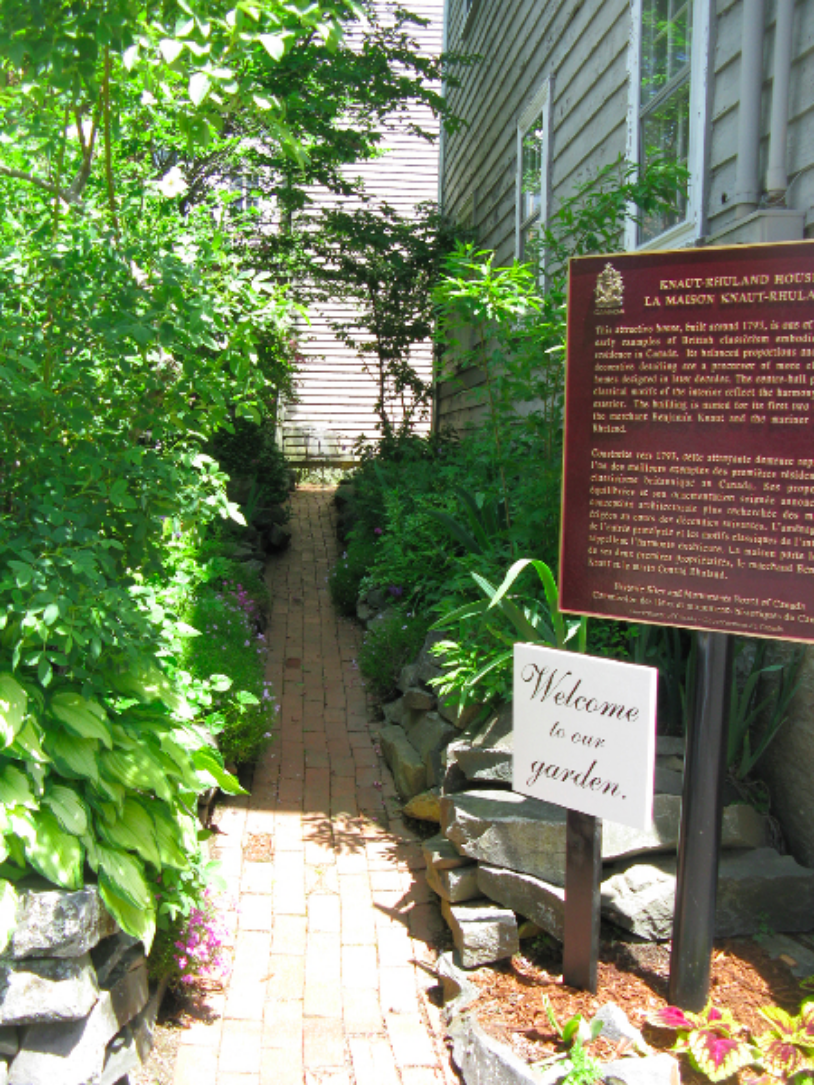
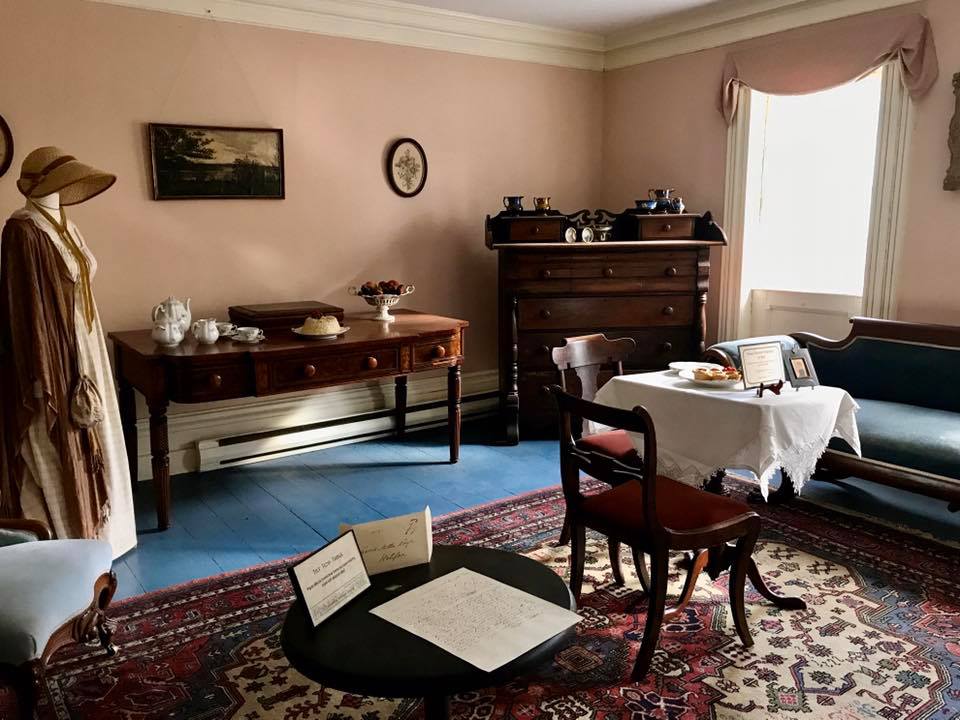
Donations and Loans Policy
The Lunenburg Heritage Society is actively soliciting donations and loans of historical artifacts that will help us portray and interpret the early history of the Town of Lunenburg at the Knaut-Rhuland House Museum. We are looking for artifacts that:
pertain directly to the Town of Lunenburg and specifically to the settlement established by the Foreign Protestants of the era from 1753 to Confederation in 1867;
relate directly to the Knaut, Rhuland and Creighton families during the years in which they occupied the House from approximately 1793 to 1910.
We are particularly interested in obtaining furniture, textiles, paintings, silver, porcelain, household tools, implements and furnishings that will help us tell the story of the House during the early years of the settlement of Lunenburg and its development as a prosperous community engaged in ship-building, privateering, fishing and trading throughout the world, as well as its contribution to political life in Nova Scotia.
For further information, please contact the Knaut-Rhuland House Committee.
Efforts to Conserve the Knaut-Rhuland House
Work to conserve this historically significant house started in 2021 with the preparation of a Conservation Plan.
Phase One: Focus on Structural work in 2022 - 2023.
Phase Two: Exterior wood elements and site drainage in 2023.
Progress by Phase
Phase One
Structural Work
Our Goal: $110,000
Engineering design began in 2022 to stabilize the foundation in the Southwest corner, stair openings to the basement, and rafters around the West chimney. The work on these pieces began in March 2023 and will be completed by early August.
Our ability to complete the Knaut-Rhuland House Conservation Plan and start the Phase One -Structural Work has been made possible because of our generous donors. Please thank our donors who helped make this happen. The Lunenburg Heritage Society is pleased to announce that we have received the following grants as part of our Phase One campaign: Parks Canada National Cost-Sharing Program for Heritage Places $55,116.50 Nova Scotia Heritage Development Fund (Built Heritage) - $22,000.
Phase Two
Exterior Work
Our Goal: $100,000
We are again working with Greg Munn of Munn Architecture as the condition of the exterior wooden elements of the house are explored and details for the work required are established.
ContributeOur Fundraising Progress to Date
Phase Two: Generous supporters have pledged to match donations up to $50,000 in 2023.
Phase One: $88,910 funds for our 2022/23 Structural Work.
Conservation Plan Phase: $20,000 raised to develop a Conservation Plan.

The Lunenburg Heritage Society gratefully acknowledges the financial support of the Government of Canada.

The Lunenburg Heritage Society recognizes the support of the Province of Nova Scotia. We are pleased to work in partnership with the Department of Communities, Culture and Heritage to develop and promote our cultural resources for all Nova Scotians.

More about Phase One Work
Foundation
$61,000 – Shore southern foundation; Rebuild west section of southern wall.
What's involved?
Design specifications have been completed and accepted by Parks Canada. The foundation work was completed by East Coast Masonry in March 2023.
Archaeological: The Archaeological Resource Impact Assessment (ARIA) draft has been received. A new permit from NS Department of Communities, Culture, Tourism and Heritage application was made. Monitoring was not required during foundation work as excavation was not necessary.
Roof
$28,000 – Reframe structure around the western chimney.
What's involved?
Design specifications have been completed and accepted by Parks Canada. This work needed to be completed after the foundation was repair. Blue Rocks Timberframers are scheduled to begin the work in early August 2023.

